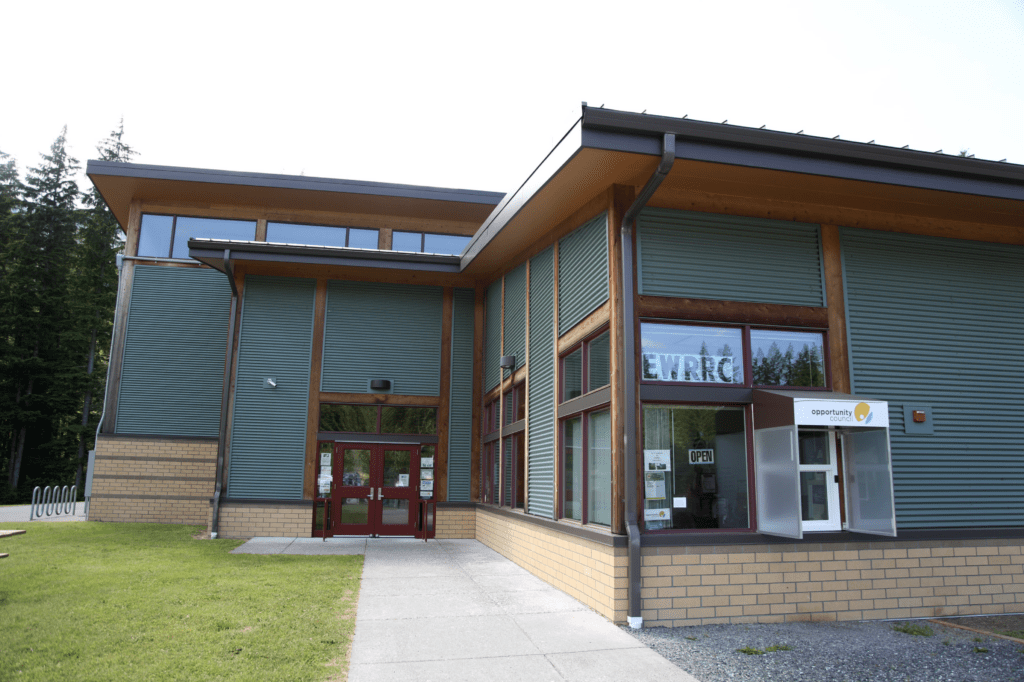In the coming years, Kendall residents will no longer have to travel far to play on a sports court.
The state Recreation and Conservation Office is allocating more than $2 million for two projects in Whatcom County. One is a planned athletic facility just north of Kendall at the East Whatcom Regional Resource Center. The other is an upgrade to the stadium at Nooksack Valley High School, replacing grass with artificial turf.
The court at the resource center, to be developed by the county Parks and Recreation department, will have a roof “with partially enclosed sides,” according to its project description, so that the court is functional year-round. It will have facilities for basketball, volleyball, pickleball and more.
The county Parks department owns the land the resource center sits on, while the Opportunity Council runs day-to-day operations.
Currently, locals have to travel about 17 miles to use the tennis court at Lynden Park and 12 miles to use Everson Park’s basketball court, the project summary continues.
An athletic facility was always part of the plan for the resource center’s campus, said Dave Bramer, special projects manager at the Parks department.
In 2021, the department was awarded a similar grant for the sports court but had to pass on the money when bids for the project came in higher than expected.
The project will be fully funded by the state at about $1.2 million. It could be completed as early as late next year if all goes as smoothly as possible, Bramer said.

In the Nooksack Valley School District, an artificial turf field would make a big difference for students at the high school.
Right now, the stadium can only be used for games, not for practice, Superintendent Matt Galley said, because the grass field has to remain in the best possible condition.
That means the high school’s soccer teams have to use Nooksack Elementary’s field due to lack of space, he said. The high school girls varsity softball team uses the middle school’s facility.
The grass field is also sensitive to weather conditions, a major factor during Pacific Northwest rainy winters. An artificial turf field would be more durable, Galley said.
However, the district still has to figure out how to execute the project. The state is granting the district $813,945, while the total project could cost around $3 million, he said. District leaders do not intend to use taxpayer dollars to fund the upgrade.
Donations could partially fund the project, as could partnerships with local businesses, Galley suggested, but the district is still in the process of exploring those possibilities. Companies would likely need to donate the money over a period of time, which may not fit with the grant timeline.
In this grant program, development projects like these must be completed in two to three years, said Susan Zemek, a spokesperson for the state office. Grantees can request an extension from Recreation and Conservation’s director no less than 60 days before the expected completion date.
District leaders will meet with Recreation and Conservation Office staff to learn more about their options, Galley said. They could end up having to pass on the grant or come to an agreement with the state to use the money to only complete the initial phase of the project right now.
The school board will weigh in at its Nov. 21 meeting, he said.
Sophia Gates covers rural Whatcom and Skagit counties. She is a Washington State Murrow Fellow whose work is underwritten by taxpayers and available outside CDN's paywall. Reach her at sophiagates@cascadiadaily.com; 360-922-3090 ext. 131.




